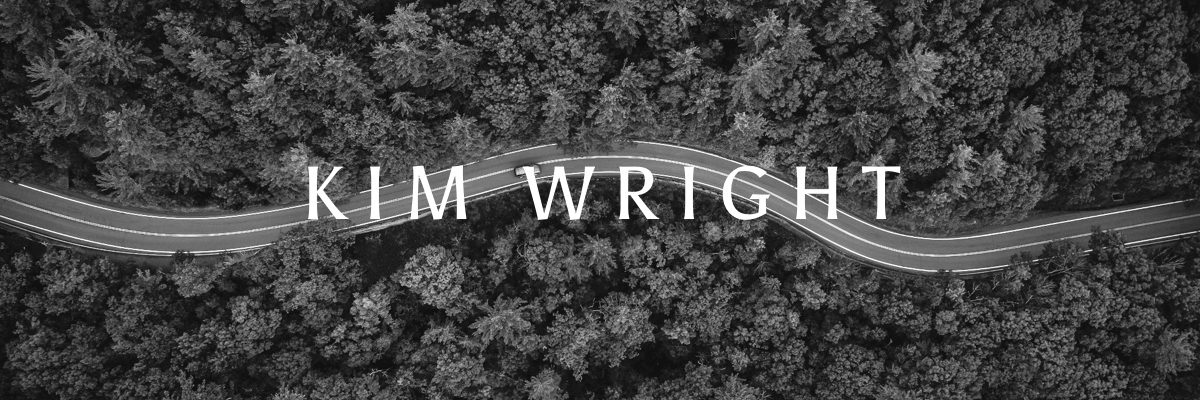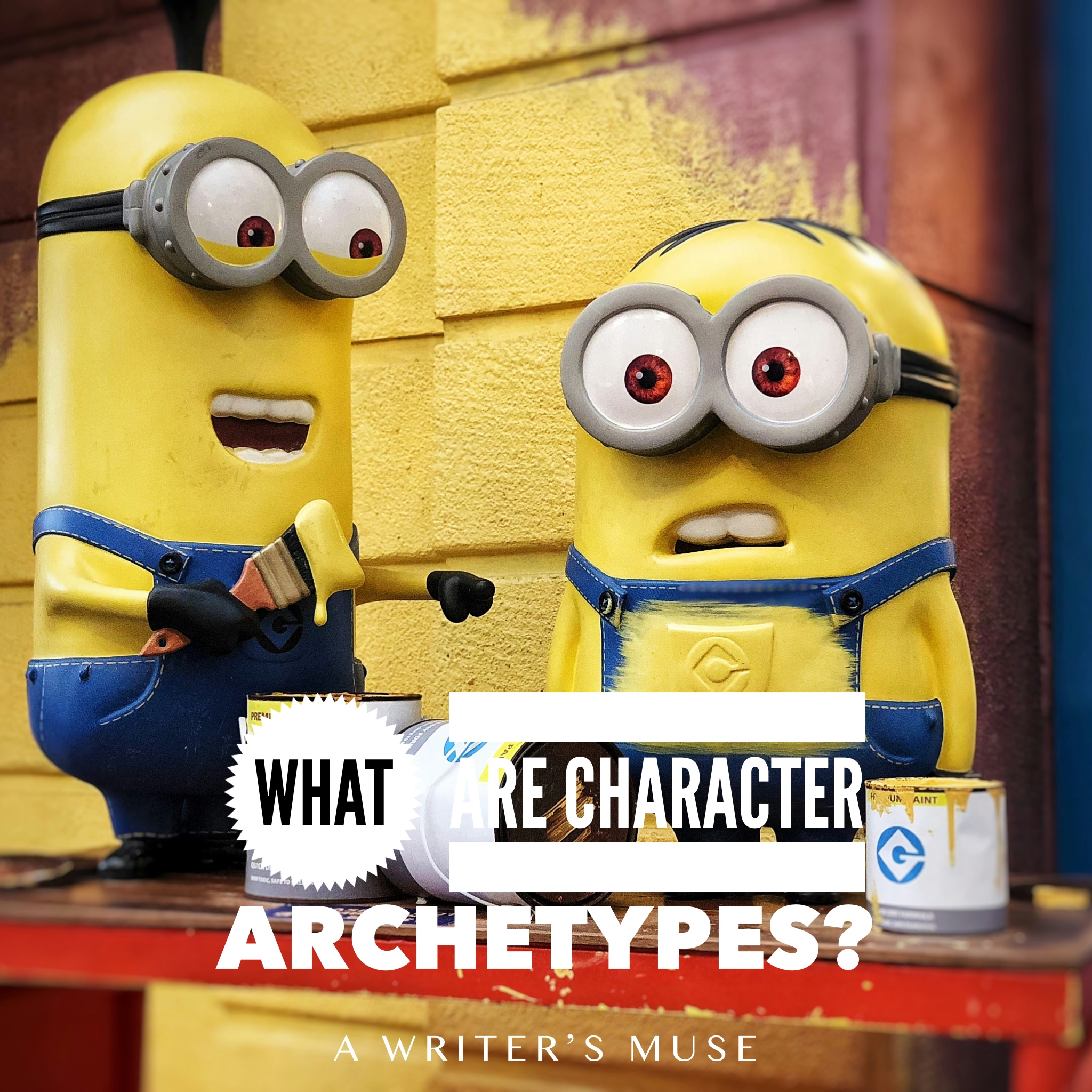When considering your fiction stories, you may wonder what in the world this is—character archetypes.
This fancy word simply implies that our characters hold unique attributes in the stories we tell and read.
When you read a book, you find unique characters intended to carry the story, one by one to the conclusion and end of a book.
So, of course, I asked ChatGPT about this topic and I listed it below.
Per ChatGPT:
Character archetypes are recurring patterns or types of characters that are commonly found in literature, mythology, and storytelling across various cultures and time periods.
These archetypes serve as fundamental building blocks for creating characters with universal appeal and relatability. They often embody certain traits, motivations, and roles that resonate with the human experience.
While specific details may vary, the underlying archetypal characters remain recognizable in different stories.
Here are some common character archetypes:
- Hero: The central character who embarks on a journey or quest and typically embodies virtues such as courage, resilience, and morality.
- Villain: The antagonist who opposes the hero and often represents evil, chaos, or opposition to the hero’s goals.
- Mentor: A wise and experienced character who guides and supports the hero, providing guidance, training, or advice.
- Sidekick: A loyal companion to the hero, often serving as comic relief or providing assistance in various ways.
- Threshold Guardian: A character or obstacle that the hero must overcome to progress on their journey.
- Damsel in Distress: Typically a female character who needs to be rescued, often serving as a motivation for the hero.
- Fool/Jester: A character who provides comic relief and may offer insights or wisdom in unexpected ways.
- Shapeshifter: A character whose loyalties or true nature are ambiguous or changeable, adding complexity to the story.
- The Trickster: A mischievous character who disrupts the status quo, challenging norms and conventions.
- The Herald: A character or event that signals the beginning of the hero’s journey, often bringing a call to adventure.
These archetypes can be combined, subverted, or modified to create more nuanced and unique characters. Writers use archetypes as a foundation to connect with the audience’s expectations and understanding, making the characters and their journeys more relatable and impactful.
The list only tells us part of the story
If you know your stories, you know this list contains only a handful of characters.
Further, it sells us short when it comes to who plays the antagonist of your story. How will you twist your story using characters that appear normal or socially adaptive, but in truth are not.
If you learn nothing else from this, it helps you sound super educated over coffee…

